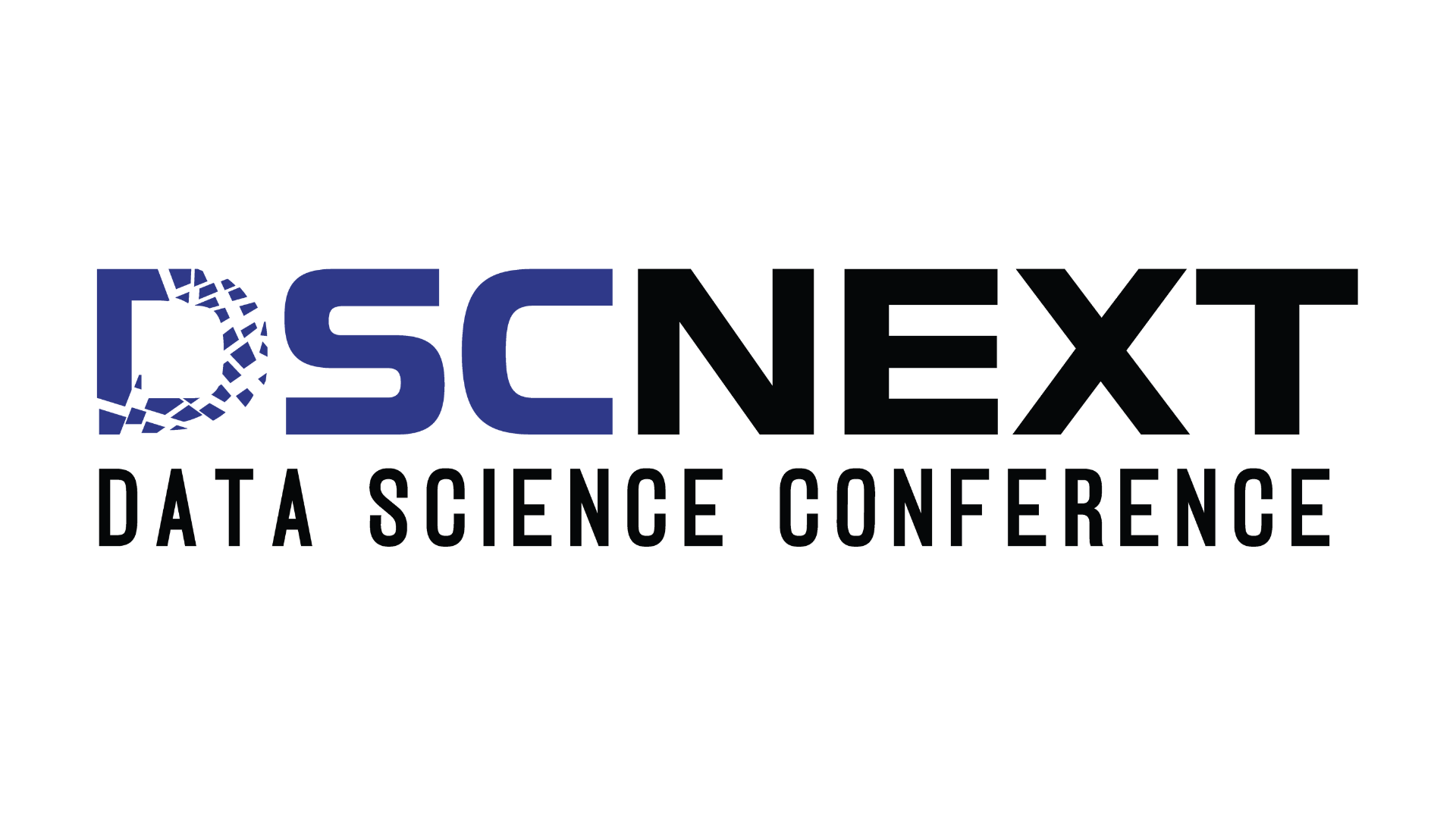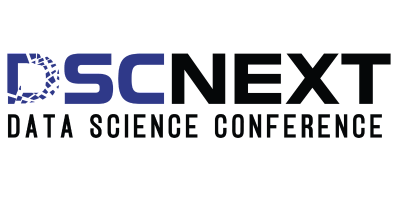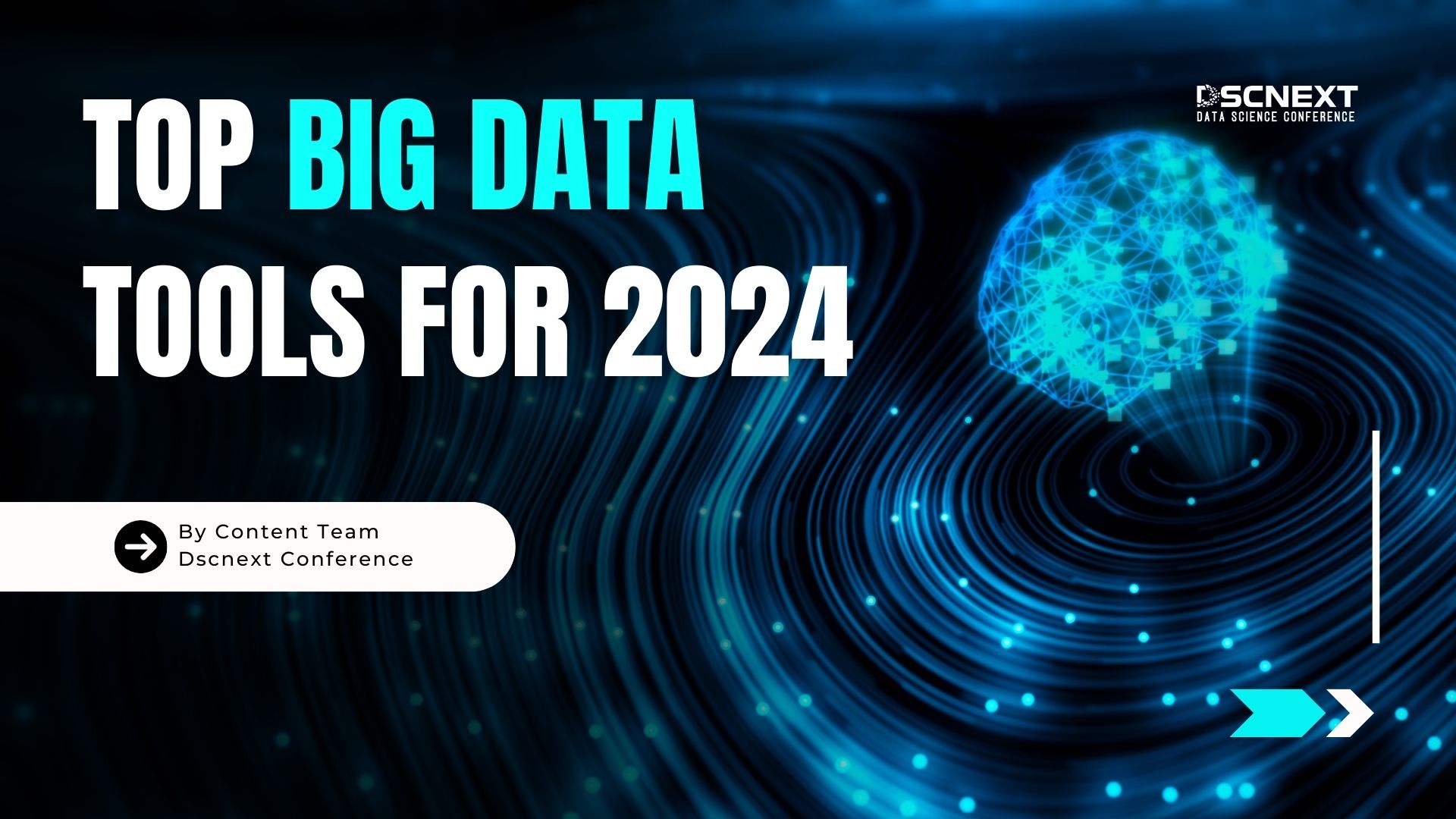
As organizations increasingly embrace data-driven strategies, leveraging big data tools has become essential for processing, analyzing, and interpreting large datasets. In 2024, a host of advanced tools are shaping the big data landscape, offering cutting-edge functionalities for businesses to make informed decisions. This blog highlights the top big data tools for 2024 that stand out in their ability to handle vast datasets, provide real-time insights, and drive innovation.
1. Apache Hadoop
Overview: Apache Hadoop remains a top contender for handling large-scale data due to its robust ecosystem. Its ability to process massive datasets in a distributed computing environment makes it a go-to solution for many businesses.

Key Features:
- Distributed storage and processing through HDFS and MapReduce.
- Scalable architecture for managing data across multiple servers.
- Open-source and community-supported with ongoing updates.
Why It’s Relevant in 2024: Hadoop’s integration with modern big data tools like Apache Spark and Hive allows it to stay relevant, providing a strong foundation for data analytics.
2. Apache Spark
Overview: Apache Spark continues to dominate the big data space, offering real-time data processing and in-memory computing, which significantly speeds up data processing tasks.

Key Features:
- High-speed data processing using in-memory computing.
- Seamless integration with Hadoop, Cassandra, and HBase.
- Supports multiple languages, including Python, Java, and Scala.
Why It’s Relevant in 2024: Its ability to process both batch and real-time data makes Spark ideal for companies requiring real-time insights, particularly in sectors like finance, healthcare, and retail.
3. Google BigQuery
Overview: Google BigQuery is a fully managed data warehouse designed to process and analyze massive datasets quickly. Its serverless architecture makes it a scalable and easy-to-use solution for organizations of all sizes.
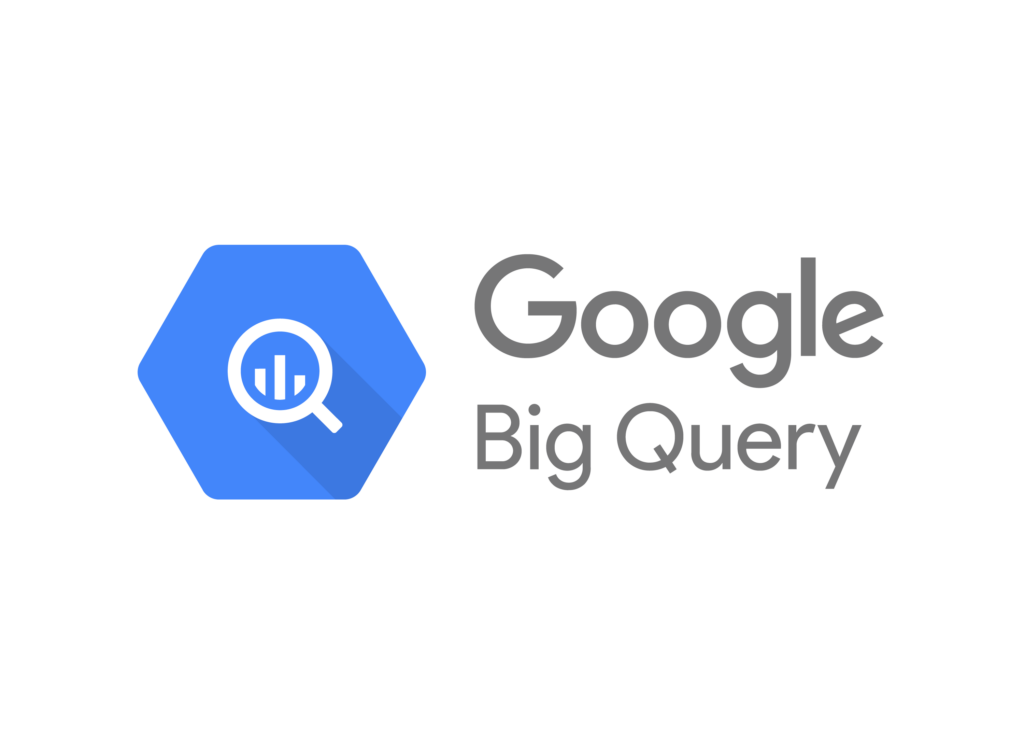
Key Features:
- Fully managed, serverless data warehousing.
- Integration with AI and machine learning tools in Google Cloud.
- Real-time analytics and the ability to query large datasets with SQL.
Why It’s Relevant in 2024: BigQuery’s integration with Google’s AI and ML tools positions it as a powerful tool for companies leveraging machine learning in their data analysis workflows.
4. Databricks
Overview: Databricks is a cloud-based unified analytics platform that simplifies the management of big data and AI/ML workloads. Built on top of Apache Spark, it helps organizations build data pipelines, analytics, and machine learning models at scale.

Key Features:
- Collaboration between data scientists, engineers, and business teams.
- Integration with cloud platforms like AWS, Azure, and Google Cloud.
- Supports end-to-end machine learning workflows.
Why It’s Relevant in 2024: Databricks’ capabilities in machine learning and AI model development have made it a key player for businesses that need to seamlessly integrate big data and AI.
5. Cloudera Data Platform (CDP)
Overview: Cloudera’s Data Platform (CDP) is a hybrid data platform for multi-cloud, on-premises, and edge environments. It combines Cloudera and Hortonworks technologies to provide a unified solution for data engineering, data warehousing, and machine learning.

Key Features:
- Flexibility to manage data across on-premise, hybrid, and cloud environments.
- Comprehensive tools for data security, governance, and compliance.
- AI and machine learning capabilities integrated with big data.
Why It’s Relevant in 2024: Cloudera CDP’s multi-cloud capabilities allow organizations to choose where they store and process data, making it a flexible option for businesses dealing with diverse data environments.
6. Tableau
Overview: Tableau is one of the leading data visualization tools, known for transforming raw data into intuitive and interactive visual reports. Its ease of use and powerful analytics make it a top choice for big data professionals.
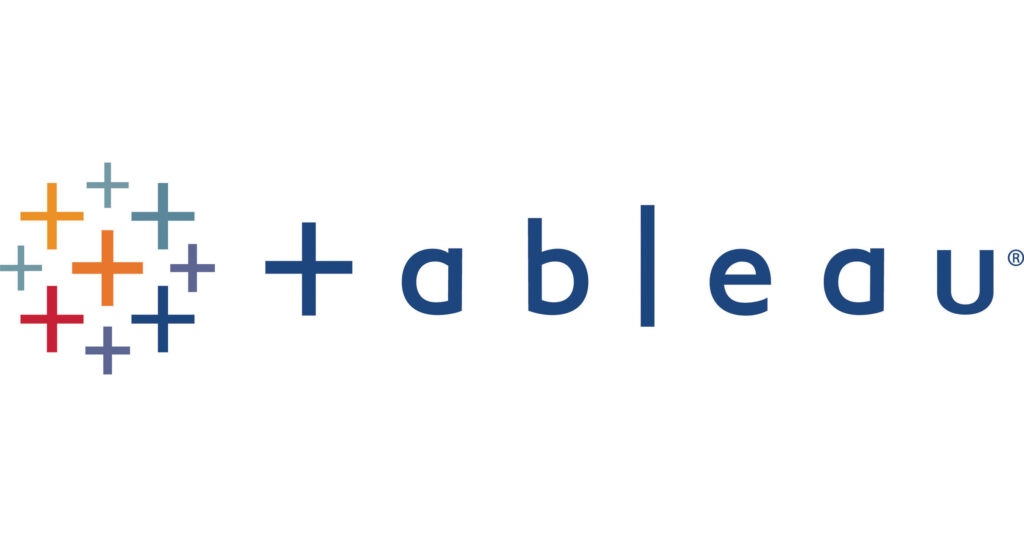
Key Features:
- User-friendly interface with drag-and-drop features.
- Supports various data sources like Excel, SQL databases, and cloud services.
- Real-time collaboration and data sharing.
Why It’s Relevant in 2024: As big data grows more complex, Tableau’s ability to simplify data visualization makes it indispensable for businesses looking to derive actionable insights from vast datasets.
7. Snowflake
Overview: Snowflake is a cloud-based data platform that enables data warehousing, data lakes, and data sharing. Its unique architecture allows organizations to scale efficiently and manage their data workloads seamlessly.

Key Features:
- Built for the cloud with automatic scaling.
- Supports structured and semi-structured data formats.
- Real-time data analytics with multi-cluster architecture.
Why It’s Relevant in 2024: Snowflake’s cloud-native approach and multi-cluster capabilities provide high availability and performance, making it a leader in cloud-based big data solutions.
8. Kafka (Apache Kafka)
Overview: Apache Kafka is a distributed streaming platform used for building real-time data pipelines and streaming applications. It excels in processing event-driven data across various industries.

Key Features:
- Real-time data streaming and processing.
- Fault-tolerant and scalable architecture.
- Integration with tools like Apache Flink, Spark, and Hadoop.
Why It’s Relevant in 2024: With the growing need for real-time data analytics, Kafka’s ability to handle high-throughput, low-latency data streams positions it as a vital tool for industries like finance, telecommunications, and logistics.
9. Talend
Overview: Talend is a comprehensive data integration and management platform, providing tools for data preparation, integration, quality, and governance. It supports both on-premises and cloud environments, making it versatile for various business needs.

Key Features:
- End-to-end data integration and management.
- Data quality and governance tools.
- Easy integration with Hadoop, AWS, and Azure.
Why It’s Relevant in 2024: As companies focus more on data quality and governance, Talend’s comprehensive suite of tools ensures data reliability and accuracy across platforms.
10. Amazon Redshift
Overview: Amazon Redshift is a fully managed data warehouse service by AWS that provides fast query performance on large datasets. It is a powerful tool for performing complex queries and real-time analytics.

Key Features:
- Highly scalable and fully managed data warehouse.
- Optimized for handling petabyte-scale data.
- Integrates with AWS services for machine learning and analytics.
Why It’s Relevant in 2024: As part of the AWS ecosystem, Redshift offers seamless integration with a wide range of AWS tools, making it ideal for businesses using Amazon’s cloud infrastructure for big data processing.
Conclusion
The top big data tools for 2024 provide businesses with unparalleled capabilities to process, analyze, and visualize massive datasets efficiently. From Apache Hadoop’s robust data management to Google BigQuery’s real-time analytics, these tools are at the forefront of the big data revolution, empowering organizations to turn data into actionable insights. As data continues to grow in both volume and complexity, investing in the right big data tool can be a game-changer for businesses looking to stay competitive in a data-driven world.
